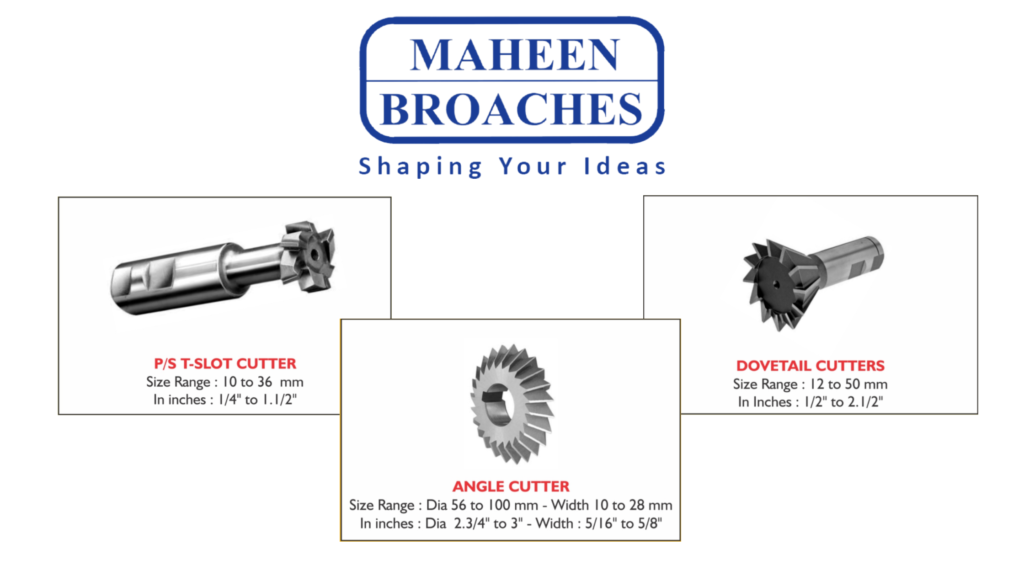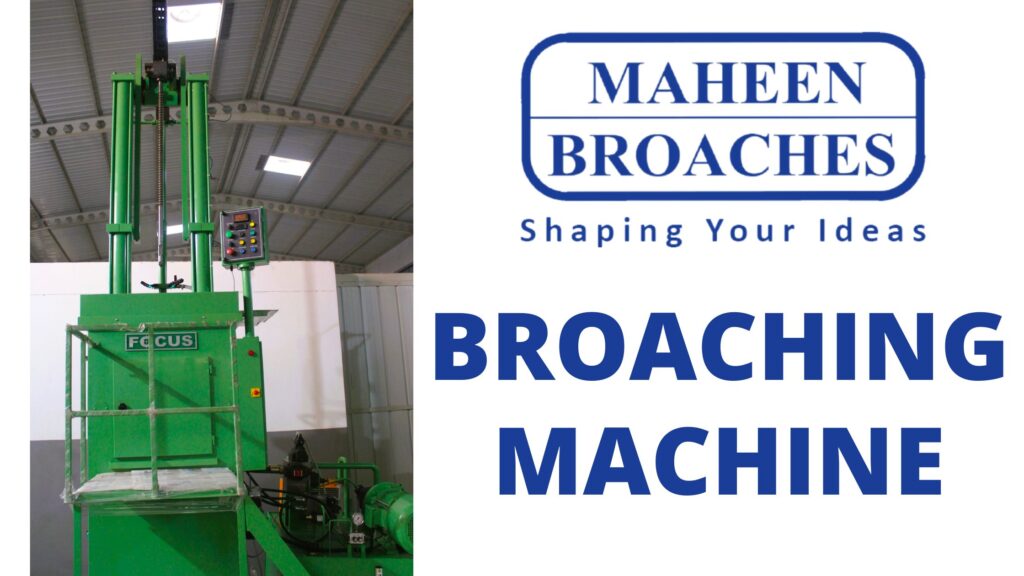Keyway broaches play a crucial role in precision machining, enabling the creation of precise keyways in components like gears, pulleys, and shafts. Selecting the right keyway broach is essential for achieving optimal performance, efficiency, and accuracy in machining processes. In this guide, we will explore the key factors that manufacturers and machinists should consider when choosing a keyway broach.
1. Material Compatibility:
One of the primary considerations when selecting a keyway broach is the compatibility with the material being machined. Different materials, such as steel, stainless steel, aluminum, or exotic alloys, require specific broach designs and cutting angles. The broach material should also be selected based on the material hardness to ensure longevity and performance.
2. Broach Type:
Keyway broaches come in various types, including standard broaches, spline broaches, and custom broaches. Standard broaches are readily available and suitable for common keyway profiles. On the other hand, custom broaches are designed for unique or specialized keyway shapes. Understanding the specific keyway requirements of your project will help you determine the most suitable broach type.
3. Broach Size and Tolerance:
Keyway broaches come in different sizes, and choosing the right size is crucial for achieving the desired keyway dimensions and tolerances. The broach size should match the keyway width and depth specifications outlined in the engineering drawings. Additionally, consider the desired tolerances and surface finish required for the project.
4. Keyway Width and Depth:
The width and depth of the keyway play a significant role in determining the broach size and design needed. For deeper keyways, a larger and more robust broach is required to withstand the cutting forces. Precision in these dimensions is crucial to ensure proper fit and functionality of the components.
5. Machine Compatibility:
Ensure that the selected keyway broach is compatible with your machining equipment. The broach should fit securely and function smoothly in the broaching machine or lathe without any interference.
6. Cutting Style:
Keyway broaches come in various cutting styles, including push-type broaches, pull-type broaches, and rotary broaches. Push-type broaches are suitable for through keyways, while pull-type broaches are ideal for blind keyways. Rotary broaches, also known as wobble broaches, are used for producing internal or external polygon shapes. Select the cutting style that aligns with the specific requirements of your project.
7. Broaching Speed and Feed Rate:
Understanding the material hardness and the desired finish will help in determining the appropriate broaching speed and feed rate. Adjusting these parameters correctly will optimize the broaching process, reducing tool wear and enhancing productivity.
8. Broach Coatings and Tool Life:
Consider broaches with specialized coatings to enhance tool life and performance. Coatings like TiN (Titanium Nitride) or TiAlN (Titanium Aluminum Nitride) improve wear resistance and reduce friction during machining, leading to extended tool life and better surface finishes.
Conclusion:
Choosing the right keyway broach is critical for achieving optimal performance, efficiency, and accuracy in precision machining. Considering factors such as material compatibility, broach type, size, cutting style, and machine compatibility will help manufacturers and machinists make informed decisions. By understanding the specific requirements of each project and aligning them with the right keyway broach, manufacturers can ensure successful keyway machining and deliver high-quality components for various industries.








